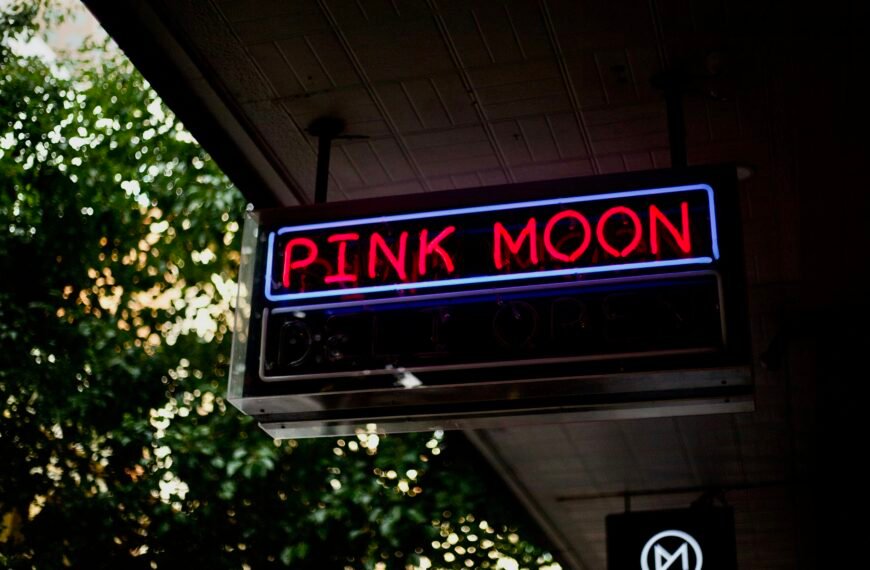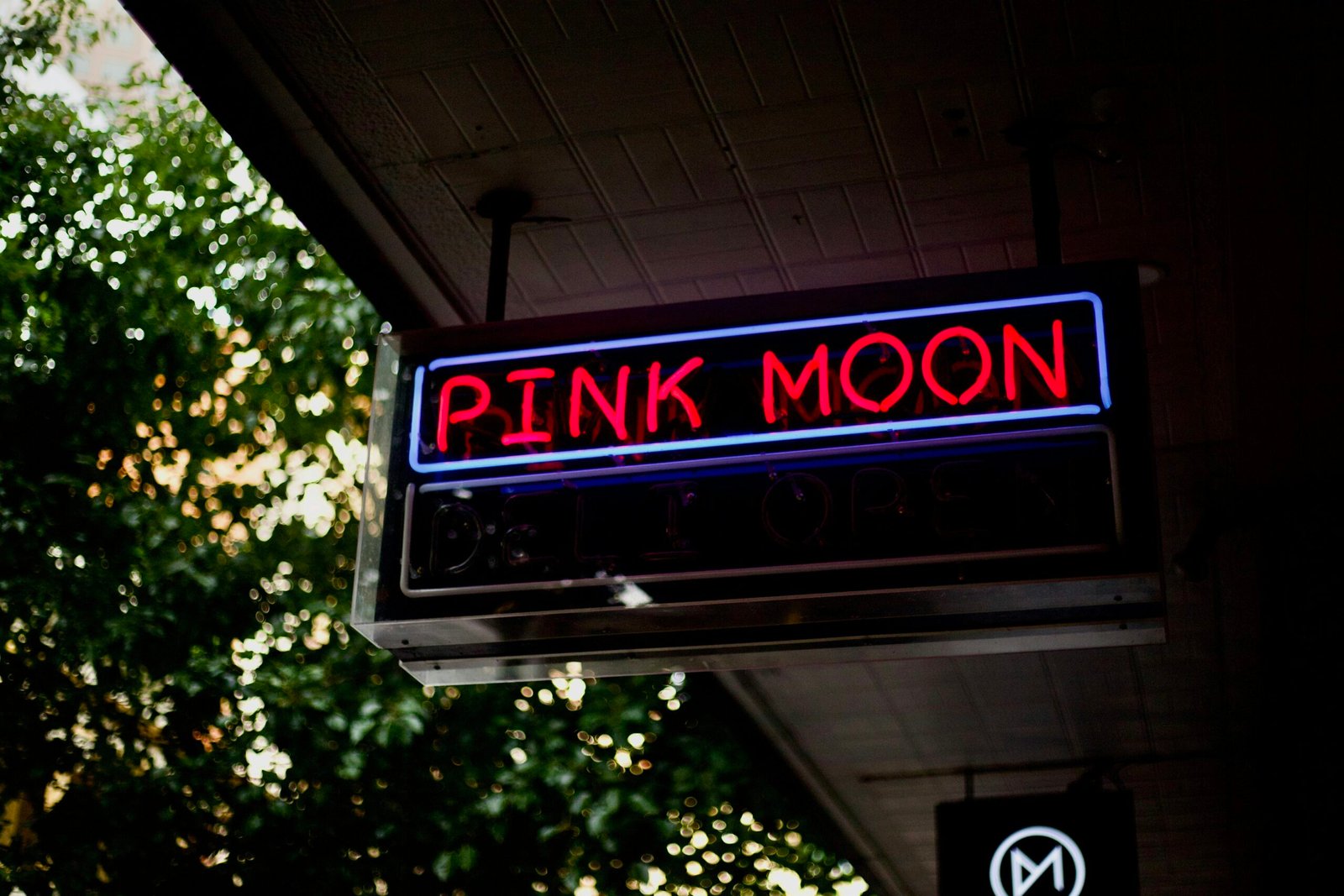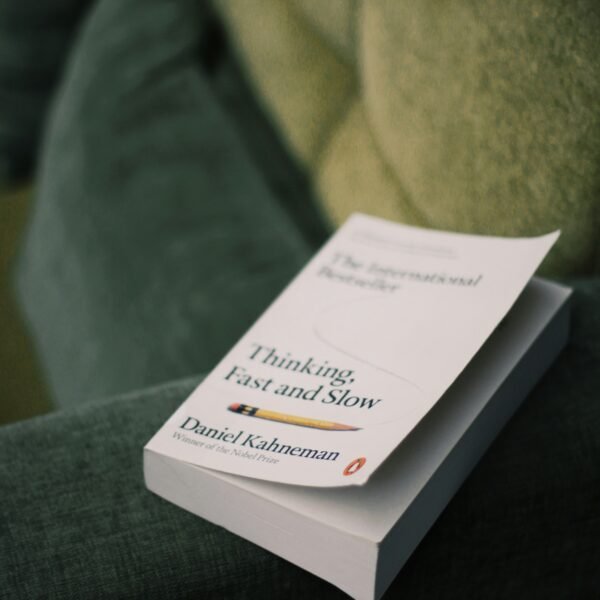If you’re someone who enjoys exploring museums and immersing yourself in art and design, then London’s Victoria and Albert Museum is an absolute must-visit. With a collection that spans 5,000 years of artistic production and over 60,000 works on display, this museum is a treasure trove of creativity. From paintings and ceramics to fashion and furniture, the V&A offers something for everyone. But with its vast size and extensive galleries, navigating the museum can be daunting. However, fear not! With some insider tips and a bit of planning, you can make the most of your visit to this wondrous and very big museum.

Plan your visit in advance
Before heading to the Victoria and Albert Museum (V&A) in London, it’s important to plan your visit in advance to make the most of your time there. Here are some key things to consider:
Check museum hours and admission prices
Start by checking the museum’s website or calling to confirm the opening hours. The V&A is typically open daily from 10 am to 5:45 pm, but it’s always a good idea to double-check. Additionally, check if there are any special closures or adjusted hours for certain exhibitions or events. It’s also important to be aware of the admission prices, especially for any temporary exhibitions or special programs.
Consider booking a guided tour or audio guide
To enhance your visit and gain a deeper understanding of the museum’s collection, consider booking a guided tour or renting an audio guide. The V&A offers a variety of guided tours on different themes and topics, led by knowledgeable museum guides. Alternatively, you can rent an audio guide, which provides informative commentary as you explore the museum at your own pace.
Download the museum map
To navigate through the vast museum, it’s helpful to download and print a map of the V&A before your visit. The museum’s website usually provides a detailed map that highlights the different galleries, exhibitions, entrances, cafes, and facilities. Having a map on hand will make it easier to locate the areas you’re interested in and navigate between different sections of the museum.
Identify the exhibits you want to see beforehand
With over 60,000 works on view, it can be overwhelming to decide where to begin at the V&A. To make the most of your visit, take some time to research and identify the specific exhibits or collections you’re most interested in. Whether it’s Renaissance tapestries, fashion and textiles, or contemporary installations, having a list of must-see exhibits will help you prioritize and plan your route through the museum.
Arriving at the museum
Now that you have a plan in place, it’s time to head to the V&A. Here are some tips for arriving at the museum:
Use public transportation or walk to the museum
The V&A is located in a central part of London, making it easily accessible by public transportation. Take advantage of London’s extensive underground tube network or hop on a bus that stops near the museum. Alternatively, if you’re staying in the area, consider walking to the V&A to enjoy the surrounding cityscape.
Check for any temporary closures or construction
Before your visit, make sure to check if there are any temporary closures or ongoing construction work at the museum. These updates can usually be found on the V&A’s website or social media pages. Being aware of any closures or construction will help you plan your route and avoid any surprises.
Follow the signs to the museum entrance
Upon arrival at the V&A, keep an eye out for signs that lead to the museum’s entrance. The main entrance is located on Cromwell Road, and there are other designated entrances as well. The signs will guide you to the appropriate entrance based on your ticket type or membership.
Prepare for any security procedures
Similar to many major museums, the V&A has security procedures in place for the safety of its visitors and the protection of its collection. Be prepared to go through a security checkpoint upon entering the museum. This typically involves bag checks and metal detectors. To streamline the process, avoid carrying large bags or prohibited items.

Exploring the museum
Once you’ve entered the V&A, it’s time to start exploring. Here is a suggested itinerary to help you make the most of your visit:
Start at the central courtyard
Begin your museum journey at the central courtyard, known as the John Madejski Garden. Located at the heart of the V&A, this beautifully landscaped area provides a tranquil space to take in the surroundings before diving into the galleries. It’s also a great spot to grab a coffee or snack from the nearby cafe.
Visit the permanent collection galleries
Next, make your way to the permanent collection galleries. This is where you’ll find the V&A’s vast and diverse collection of art and design spanning 5,000 years. The collection includes everything from paintings, ceramics, and photography to fashion, furniture, and textiles. Take your time to explore the different galleries based on your interests, and don’t be afraid to ask museum staff for recommendations or insights.
Take breaks in the museum cafes or garden
As you explore the museum, take regular breaks to rest and recharge. The V&A has a variety of cafes and restaurants where you can grab a bite to eat or enjoy a cup of tea. Whether you prefer a quick snack or a leisurely meal, there are options available to suit all tastes. If the weather permits, consider taking your break in one of the museum’s outdoor spaces, such as the John Madejski Garden or the courtyard of the historic Aston Webb building.
Explore special exhibitions or temporary installations
In addition to the permanent collection, the V&A often hosts temporary exhibitions and installations that showcase specific themes or artists. Check the museum’s website or inquire at the information desk to see if there are any special exhibitions running during your visit. These temporary displays provide a unique opportunity to engage with contemporary art, design, and cultural topics.
Highlights of the museum
With so much to see at the V&A, it’s helpful to know some of the highlights that shouldn’t be missed. Here are a few must-see areas within the museum:
View masterpieces in the Cast Courts rooms
The V&A’s Cast Courts rooms house impressive reproductions of famous masterpieces, including Michelangelo’s David and Trajan’s Column. These rooms provide a unique opportunity to see these iconic works up close and appreciate their artistic significance. Spend some time marveling at the intricate details and craftsmanship of these casts.
Admire the Raphael Cartoons in the Tapestry Rooms
The Tapestry Rooms of the V&A are home to the celebrated Raphael Cartoons, which are a series of large-scale designs for tapestries. Created by the Italian Renaissance artist Raphael, these cartons are considered to be among the greatest treasures of the museum. Take the time to appreciate the beauty and technical skill showcased in these exquisite works.
Discover fashion and textiles in the 19th-century galleries
If you have an interest in fashion and textiles, be sure to explore the 19th-century galleries at the V&A. Here, you’ll find a comprehensive collection of clothing, accessories, and textiles from this era. From Victorian gowns to intricately embroidered fabrics, this section of the museum offers a fascinating insight into the history of fashion and design.
Marvel at the jewelry and precious objects in the William and Judith Bollinger Gallery
For lovers of jewelry and precious objects, a visit to the William and Judith Bollinger Gallery is a must. This gallery showcases a stunning array of decorative arts, including intricate jewelry pieces, intricate silverware, and exquisite mosaics. Take your time to appreciate the craftsmanship and admire the breathtaking beauty of these objects.

Interactive experiences
The V&A offers a range of interactive experiences that allow visitors to engage with art and design in a hands-on manner. Here are a few interactive activities to consider during your visit:
Participate in hands-on workshops or events
The V&A regularly hosts hands-on workshops and events that provide visitors with the opportunity to learn new skills and explore various artistic techniques. From printmaking to pottery, these workshops offer a chance to get creative and try your hand at different art forms. Check the museum’s events calendar or inquire at the information desk to see if there are any workshops taking place during your visit.
Visit the museum’s digital learning resources
In addition to physical interactive experiences, the V&A also offers digital learning resources that can be accessed through your smartphone or tablet. These resources provide additional information, behind-the-scenes insights, and multimedia content related to the museum’s collections. Look for QR codes or digital guides throughout the galleries to access these resources.
Engage with interactive displays or touchscreens
Throughout the museum, you’ll find various interactive displays and touchscreens that provide in-depth information about specific exhibits or themes. Take advantage of these interactive elements to learn more about the artworks, design processes, or historical contexts. They offer a more immersive and interactive way to engage with the collection.
Visitor amenities
To ensure a comfortable and enjoyable visit, the V&A provides a range of visitor amenities. Here are some amenities that you can take advantage of:
Visit the museum shops for unique souvenirs
The V&A has a variety of museum shops offering a wide selection of unique gifts, souvenirs, and art-related items. Whether you’re looking for books, jewelry, prints, or designer homeware, the shops have something for everyone. Take the time to browse and pick up a special memento to remember your visit to the museum.
Dine at the museum’s restaurants or cafes
When you need a break from exploring, the V&A’s restaurants and cafes are the perfect places to rest and refuel. From casual cafes offering light snacks to elegant restaurants serving delicious meals, there are dining options to suit all tastes. Sample some British cuisine or indulge in international flavors while enjoying the museum’s ambiance.
Use the museum lockers or cloakroom for storage
Oftentimes, exploring a museum can involve carrying bags or jackets. To free yourself from any unnecessary baggage, take advantage of the museum’s lockers or cloakroom. You can securely store your belongings, allowing you to move through the museum more comfortably and without worry.
Access the museum’s accessibility services for visitors with disabilities
The V&A strives to make its collections and facilities accessible to all visitors. If you have any specific accessibility needs or require assistance during your visit, reach out to the museum’s accessibility services. They can provide information on wheelchair accessibility, guided tours for visitors with sensory impairments, and other accommodations to ensure an inclusive experience.
Tips for a successful visit
To make your visit to the V&A as smooth and enjoyable as possible, keep these tips in mind:
Wear comfortable shoes and dress for the weather
Given the size of the V&A and the amount of walking involved, it’s essential to wear comfortable shoes. Opt for sturdy, closed-toe footwear to keep your feet happy throughout the day. Additionally, check the weather forecast and dress accordingly, as some areas of the museum may be exposed to the elements.
Bring a water bottle and snacks
While there are dining options available at the museum, it’s always a good idea to bring a reusable water bottle and some snacks. Staying hydrated and having a quick energy boost can help you stay focused and make the most of your visit. Just be mindful of any food and drink policies within the museum.
Take advantage of quieter periods during weekdays
If possible, plan your visit for a weekday to avoid the largest crowds. It’s common for museums to be busier on weekends and during school holidays. By visiting on a quieter day, you’ll have more space to explore the exhibits at your own pace and avoid long lines.
Capture memories with photography (check the museum’s photography policy)
Photography can be a great way to document your visit and preserve memories. However, each museum has its own photography policy, so make sure to familiarize yourself with the V&A’s guidelines. Some areas or exhibits may have restrictions on photography or the use of flash. Always be respectful of the artwork and other visitors when taking photos.
Additional resources
For more information about the Victoria and Albert Museum, here are some additional resources to explore:
Visit the museum’s website for updated information
The V&A’s official website is a valuable resource for planning your visit. It provides up-to-date information on exhibitions, opening hours, special events, and visitor guidelines. You can also find virtual tours, online exhibits, and educational resources that can enrich your experience before, during, and after your visit.
Follow the museum on social media for event updates
To stay informed about the latest news, events, and exhibitions at the V&A, consider following the museum on social media platforms such as Facebook, Twitter, and Instagram. This way, you’ll receive regular updates and be the first to know about any upcoming programs or special programs.
Check for any upcoming exhibitions or special programs
The V&A regularly hosts temporary exhibitions and special programs that delve into specific themes or showcase renowned artists. Keep an eye out for any upcoming exhibitions that align with your interests. These limited-time displays offer a unique opportunity to engage with a diverse range of art and design.
Read books or guides about the museum’s history and collections
To deepen your understanding of the V&A and its collections, consider reading books or guides about the museum’s history, architecture, and artwork. Many publications offer insights from curators and experts, allowing you to delve further into the stories behind the exhibits. You can find these books at the museum shops or through online retailers.
By following these suggestions and planning ahead, you can navigate the vast and wondrous Victoria and Albert Museum with ease. Enjoy your visit and immerse yourself in the rich history of art and design!







